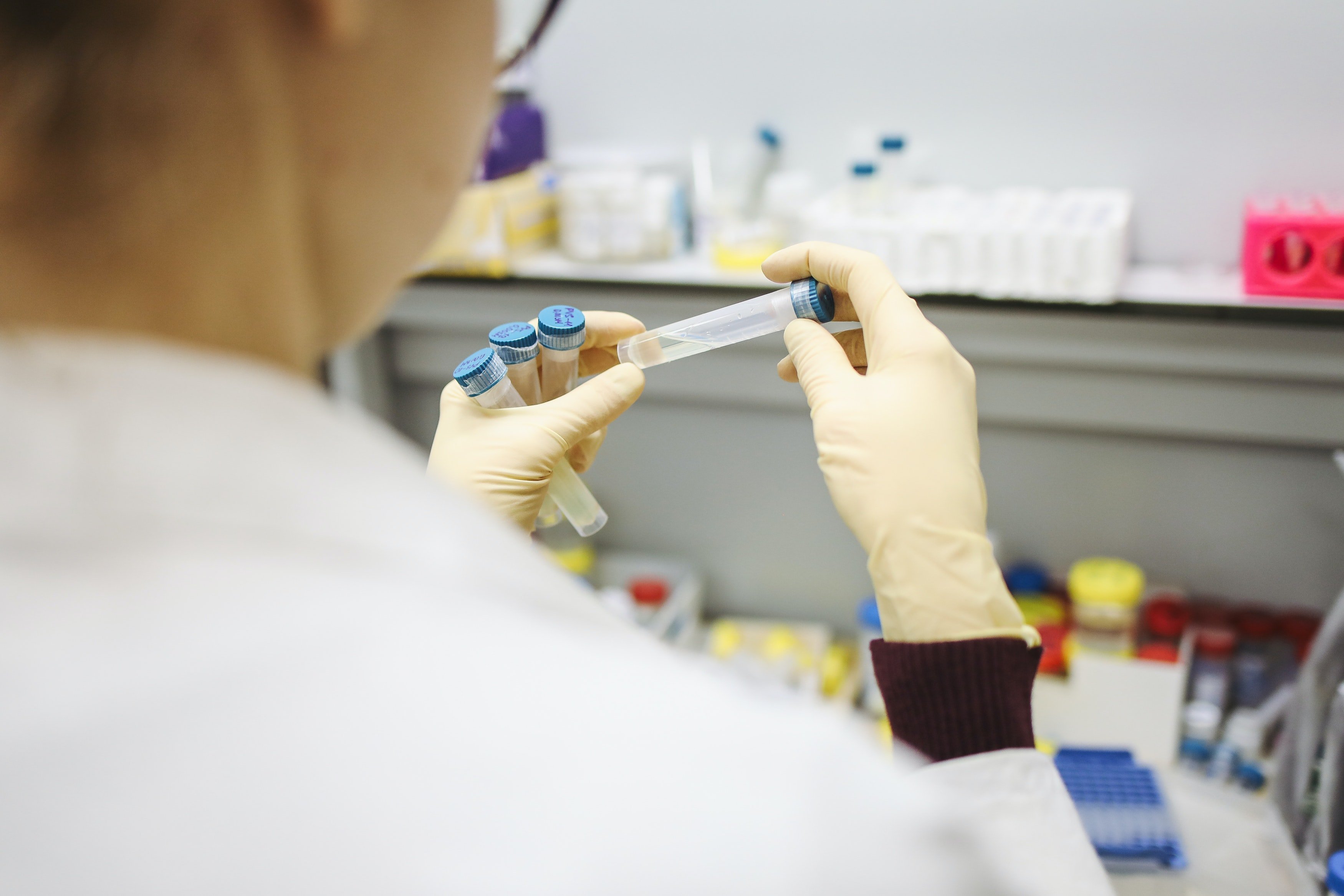Over a year after the COVID-19 pandemic began, hope is finally on the horizon. With more and more Canadians getting vaccinated, and COVID-19 rates dropping dramatically, the return to a normal life in the near future finally seems possible. According to Our World in Data, Canada recently beat out Israel. This makes us the global leader in first vaccination rates, with 64 percent to their 63 percent.
When rollouts started in developed countries just a few months ago, it was hard to imagine we’d reach this point. Canada’s vaccine rollout was hardly something to be proud of. Back at the start of March, only 4 percent of people in Canada were vaccinated, in comparison to 15.2 percent in the United States, and 55 percent in Israel.
The turnaround started around April. This was when the rate of vaccinations greatly increased, with around 188,000 people receiving vaccines each day. Today, our rate is 375,000 people a day - which is roughly one percent of our population and the highest pace of any country.
So what changed? The government’s access has been the largest contributing factor. The Canadian government was largely reliant on countries such as the U.S. and the U.K. for vaccine supply- but they were busy supplying their own populations with vaccines made in their own plants. Canada’s inability to secure vaccines early on in the process had an adverse impact on our vaccination rates.
Thankfully, there are millions of vaccines coming into Canada now, and first-dose vaccinations have continued at a steady rate, with pop-up and mass vaccination clinics aiding the impressive rollout of recent weeks. American cardiologist Eric Topol credits the “culture” of Canada for the impressive shift, saying that Canadians are more science-based and less likely to be “anti-vaxx” than those in his country.
Canada’s strategy - of vaccinating as many people with their first dose and delaying the second dose - means we have one of the lowest ratios of first doses to second doses in the world. However, there is some evidence that giving more Canadians partial protection has contributed to ensuring less people were impacted by the surging third wave.
As more people in Canada become fully vaccinated, we can aim our sights on the return to a normal future. All levels of the Canadian government are under pressure to give clear guidelines on restrictions that can be lifted for people who are fully vaccinated, in a similar manner that The United States’ Centre for Disease Control did. While the Public Health Agency of Canada says it will offer some guidance eventually, for now, the provinces are largely on their own.
Currently in Ontario, fully vaccinated Canadians are expected to follow the same social distancing rules as non-vaccinated people, though the Chief Medical Officer of the province is working with experts on rules for the fully vaccinated. With the increased vaccination rates for both first and second doses, it is likely that a return to normal will come sooner rather than later.
Image Source: “Person Holding Test Tubes” by Polina Tankilevitch from pexels.com
